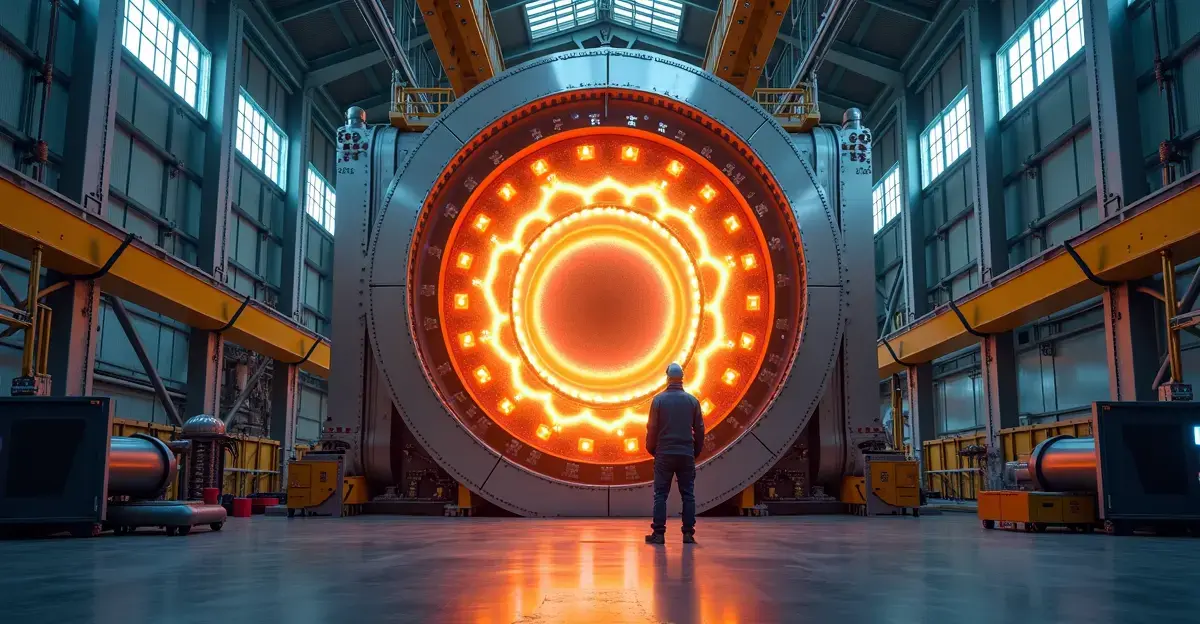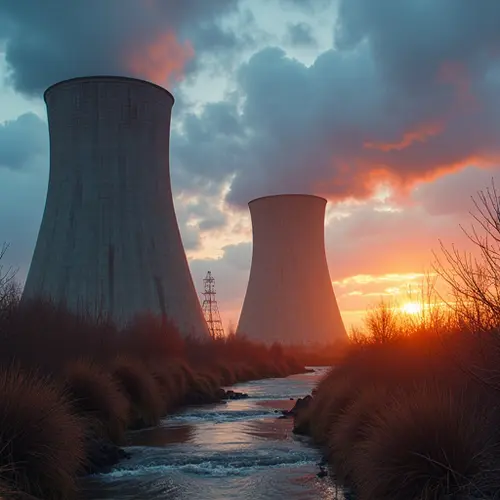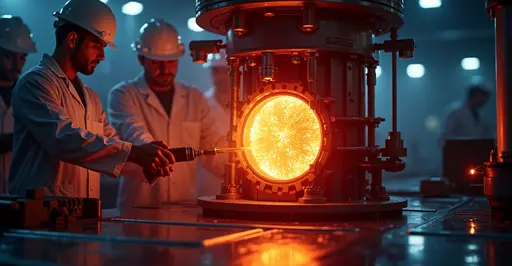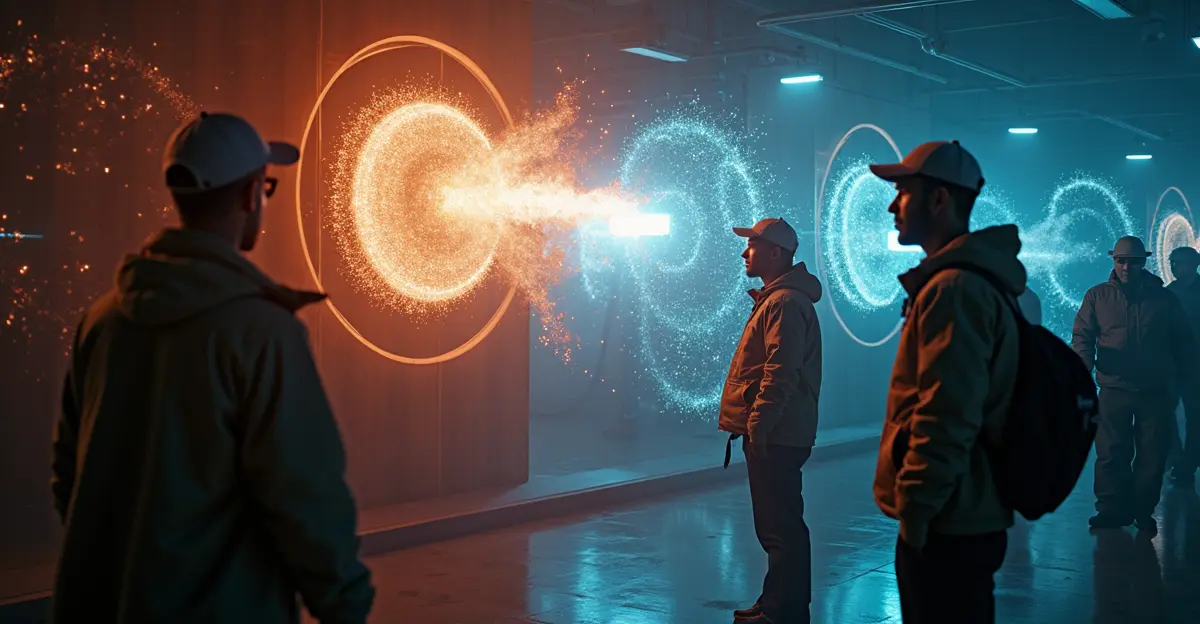Fusion energy funding reaches record levels in 2025 with private investment exceeding $2.2B and major demonstration reactors targeting 2027-2030s. China leads government funding while US support declines. Commercial fusion power expected within decade.
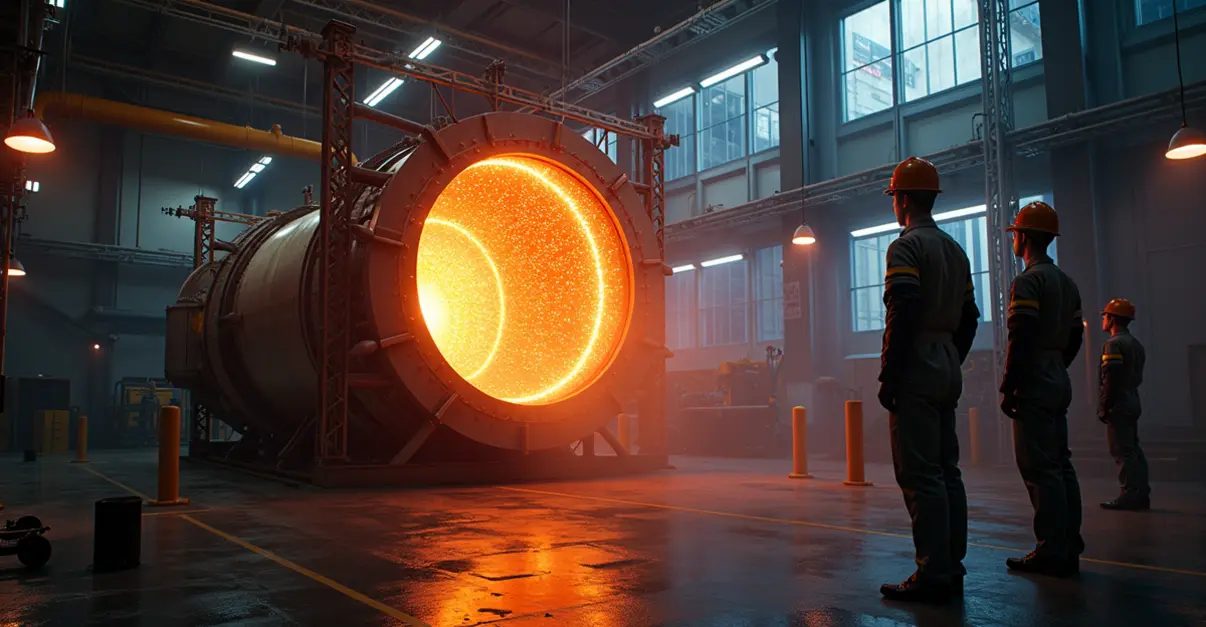
Fusion Energy's Funding Renaissance
The fusion energy sector is experiencing unprecedented momentum in 2025, with both public and private investments accelerating toward the long-awaited goal of commercial fusion power. After decades of being perpetually "30 years away," recent breakthroughs and massive funding commitments are bringing fusion energy closer to reality than ever before.
Private Investment Explosion
Private funding for fusion energy has reached remarkable levels in 2025, with investment (excluding China) hitting nearly $1.7 billion through Q3 and projections exceeding $2.2 billion for the full year. This represents a substantial recovery from 2023-2024 levels and demonstrates growing investor confidence in fusion's commercial viability.
Major deals include Commonwealth Fusion Systems' $863 million Series B2 round, Helion Energy's $425 million Series F, and $150 million each for TAE and Proxima Fusion. "We're seeing a fundamental shift from theoretical research to practical implementation," says Dr. Maria Rodriguez, a fusion energy analyst at Clean Energy Platform. "Investors are now backing companies with clear commercialization roadmaps and government partnerships."
Government Funding Divergence
While private investment surges, government funding patterns reveal stark contrasts across nations. The United States has seen a dramatic reduction in fusion funding, dropping from $1.48 billion in FY2024 to just $134 million in FY2025 under the Trump administration. This stands in sharp contrast to international commitments.
The UK has committed £2.5 billion ($3.37 billion) over five years for its STEP program, Germany allocated €2 billion by 2029, and Japan invested ¥10 billion ($67 million). However, China emerges as the dominant force, investing an estimated $3 billion annually in government funding alone - more than double the previous U.S. peak and over 20 times current U.S. levels.
"China's aggressive fusion strategy is creating competitive pressure globally," notes Dr. James Chen from the International Fusion Energy Council. "They're not just funding research - they're building an entire ecosystem with workforce development and patent dominance."
Demonstration Reactor Timelines
The race to build demonstration reactors is accelerating, with multiple companies targeting operational plants within the next decade. Commonwealth Fusion Systems is leading the pack with its SPARC pilot plant expected by 2027 and ARC commercial plant targeting the early 2030s. The company is currently 65% complete on building its $500-million pilot facility in Massachusetts.
According to Fortune's analysis, CFS has secured power purchase agreements with Google and Eni for its 400-megawatt ARC facility that could power 300,000 homes. Google has committed to purchasing 200 MW from the plant, representing half its planned output.
The international DEMO (Demonstration Power Plant) projects are also progressing, with China's CFETR targeting 2040, Europe's DEMO aiming for 2050, and Japan's JA-DEMO planned for the 2040s-2050s. These reactors will test continuous operation, electricity production, and tritium fuel self-sufficiency.
Commercialization Pathways
The path to commercial fusion is becoming clearer as companies develop specific timelines and business models. The fusion market is projected to grow at over 40% CAGR through 2030, potentially reaching $80 billion by 2035 and $350 billion by 2050 as fusion transitions from frontier technology to strategic investment theme.
"What we're witnessing is the maturation of an entire industry," explains Sarah Thompson, CEO of Fusion Ventures. "Companies are no longer just proving physics - they're building power plants, securing customers, and creating viable business models."
Major tech companies are driving demand, with Microsoft and Google investing heavily to meet growing AI and data center electricity requirements. The technology promises clean, limitless energy using minimal materials—just seawater and lithium—without long-term radioactive waste.
Challenges and Opportunities
Despite the progress, significant challenges remain. The GAO report highlights concerns about incomplete planning efforts, including an inactive interagency working group and lack of specific timelines for addressing identified risks. The report recommends that the Department of Energy finalize and implement comprehensive planning with clear roles, risk responses, metrics, and timelines.
Materials science remains a critical bottleneck, with ongoing research into breeding blankets, divertor technologies, and first-wall designs. Supply chain development for specialized components and fuels also requires significant investment.
Nevertheless, experts now consider fusion's arrival a matter of "when, not if," with significant grid impact expected by 2050. The decade ahead is identified as pivotal for the fusion industry, with growing demand for continuous green energy driving development for decarbonizing data centers and heavy industry.

 Nederlands
Nederlands
 English
English
 Deutsch
Deutsch
 Français
Français
 Español
Español
 Português
Português




